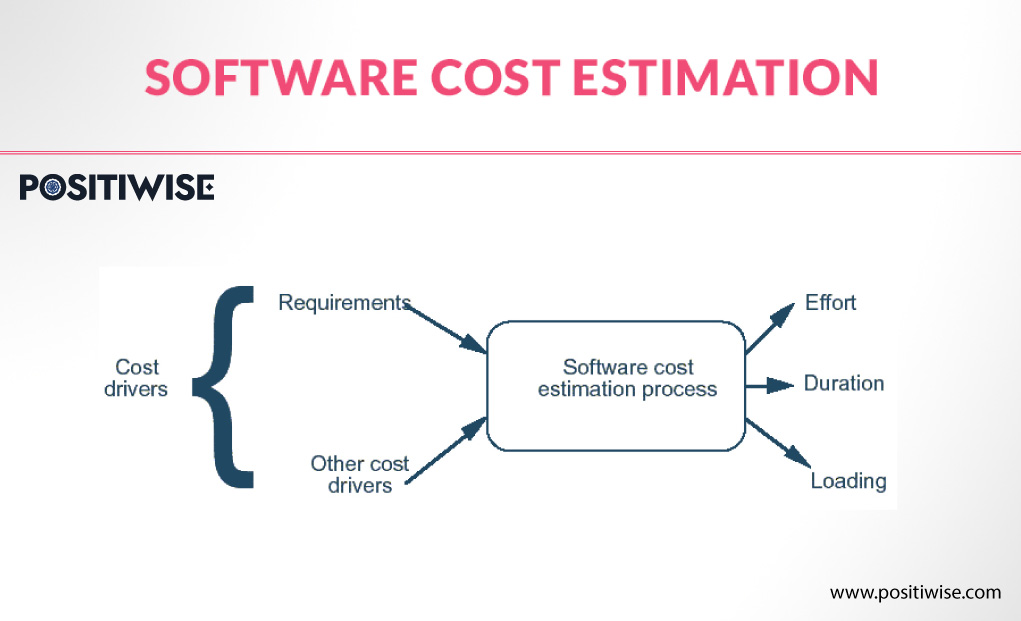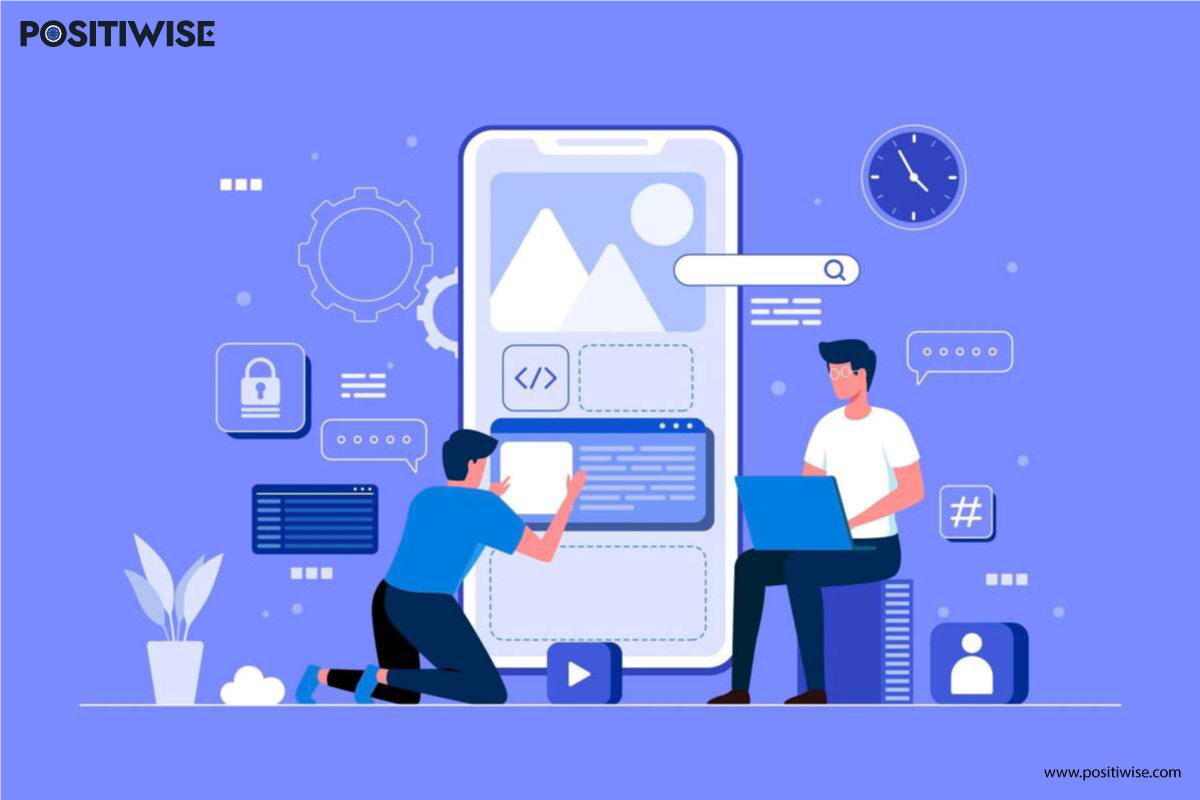Quick Overview:
Developing software today is becoming a necessity to ease your business process and stay ahead of the competition. But the process doesn’t stop there, as it’s equally important that you don’t ignore software maintenance.
In today’s technology-driven world, getting software updates and keeping it updated is something that you should not ignore. And even software development companies recommend taking it seriously and having a proper software maintenance plan to avoid issues like compatibility or security later on.
But what should your software maintenance plan be before figuring out why software maintenance is essential? First, let’s find out what software maintenance is.
What Is Software Maintenance?
As the name implies, software maintenance means maintaining your software. In other words, software maintenance is a comprehensive management process and a part of SDLC (Software Development Life Cycle). Likewise, the main goal of software maintenance within software engineering is to keep software applications updated after deployment, such as to provide updates to improve software performance, fix bugs or updates regarding additional features or another version, and more.
Furthermore, the software maintenance activities are usually carried on once the software is developed and deployed to users. Software maintenance enhances software performance by removing unusable developments and eliminating errors while developing advanced development strategies for better software performance. Likewise, another important reason for software maintenance is to keep the software upgraded with the latest technology to run flawlessly without compatibility issues.
If you go through market segments, you’ll see competitors’ software stays updated with advanced features, making it more important for you to analyze your software regularly and have scheduled software maintenance to keep it updated. Also, different types of software maintenance services are defined depending on the reasons and purposes.
What Are the Different Types of Software Maintenance Services?
Four types of software maintenance services are defined according to their reasons and purposes. Likewise, a software product may require to go through one or more maintenance types in its entire software maintenance life cycle.
Software maintenance is more about finding and fixing bugs. It becomes essential to keep your business working smoothly. Likewise, here below are the four types of software maintenance:
Corrective Software Maintenance
Corrective software maintenance service is associated with the maintenance of the software. It’s used to identify errors in running software solutions and correct them to make them work accurately according to their defined purpose.
In addition, this it helps remove and fix bugs or any other issues within the software. And it’s usually done in the form of regular minor updates. In other words, corrective software maintenance happens whenever there are faults and errors in logic, design, or code. Nonetheless, this maintenance step is usually taken from bug reports created by customers or users. But it helps to spot them before any of your regular customers get to know about them.
Adaptive Software Maintenance
Adaptive software maintenance service keeps the software compatible with advancing business and technical needs. Here, the focus is primarily on software frameworks. It’s usually done in response to new operating systems, hardware, and platforms to retain the software’s continuity without any issues.
Furthermore, it is useful when changing the operating system, software dependencies, cloud storage, hardware, or any change within the operating system.
Common examples of these maintenance services are changes in the payment process, modifications of vendors, or updating any service. Some other examples where you can see the need for adaptive software maintenance are modifying vendors or making any important changes regarding the payment process.
Perfective Software Maintenance
As the name implies, this perfective software maintenance service evaluates software requirements and existing features. Once the user interacts with the software or an application, they may come across things that they might not know about or provide suggestions for new features that can be integrated as a part of the software, which helps enhance your software project.
Furthermore, suppose you like to update your software system to improve value according to the user’s requirements. In that case, you can go with this maintenance service which helps in improving performance, functionality, and user interface.
Preventive Software Maintenance
Preventive software maintenance service prevents your system from becoming a victim of any attacks due to vulnerabilities. It’s used to improve security, which helps safeguard your software for the future. In addition, it helps prevent your software product from any potential alteration. Likewise, it also makes it easier to maintain or scale your software code while handling legacy systems.
Lastly, it provides maintenance for code for better execution and even reconstructing or reducing your software code to make it easier to understand.
Here’s Why Software Maintenance Is Essential
The software’s life depends upon its ability to upgrade to run flawlessly on the installed system. Nonetheless, below are some common reasons why Positiwise thinks it’s essential to look out for software maintenance.
Fixing Bugs
Here, fixing bugs should be on the priority list for running your software without issues. In this, errors are searched from code and corrected. Likewise, bugs can also come from hardware, operating system, or software. Therefore, fixing bugs must be considered and performed without hurting any other software functionality.
Removing Unwanted Functionalities
The unwanted features and functionalities are useless. Furthermore, it occupies space within the software solution, which is unsuitable for software efficiency. Therefore, with the help of a software maintenance service, you can remove such functionalities while replacing them with helpful code elements and UI using the latest tools and technologies.
Improving Performance
To improve software performance, developers find issues by testing and resolving the issues. Likewise, coding & data restricting, and reengineering is essential for maintaining software. In addition, it helps prevent software from potential vulnerabilities.
Process of Software Maintenance
Software maintenance planning is the critical phase in SDLC (Software Development Life Cycle). Therefore, software maintenance occurs with a well-planned process called the SMLC (Software Maintenance Life Cycle) phase, which is made in seven different phases.
Phase – I: Identifying
As the name implies, it’s the first phase of the SMLC, where the software modification is identified before addressing any change request. In this phase, requested modifications are analyzed, and then later, it’s classified according to the needed maintenance. Likewise, the user can initiate this phase automatically and manually.
Phase – II: Analyzing
The feasibility of every verified modification request is planned accordingly to incorporate changes within the software. For instance, analyzing details of the validated change or input and estimating modification cost.
Phase – III: Designing
Based on the analysis new framework of the software is designed. Likewise, testing software is also developed for security and safety reasons.
Phase – IV: Implementing
Once the design is done, the next implementation takes place. In this phase, a new software framework is implemented. For example, coding, adding a new support system, or new specifications are added.
Phase – V: Testing
Once the new software is implemented according to the requested changes, its codes and specifications are tested. This stage determines whether it requires any further addition or change within the new software model.
Phase – VI: Third-Party Testing
Third-party users test the dummy software in this phase, also called the dry run test. The motto of this phase is to verify whether implemented specifications are working as it needs to, which was defined in the modification request.
Phase – VII: Final Delivery
Once testing is completed and no further changes are required, software developers deliver the final software to primary users.
Software Maintenance Cost
Software maintenance is categorized into three components: Software Maintenance, Service Implementation, and Software License. However, the maintenance costs are mainly categorized into non-technical and technical factors.
Non-Technical Factor
Here in non-technical maintenance cost, often things are considered that aren’t technical, like:
- Well-defined system requirements.
- Changing hardware when software gets outdated.
- Modifying software according to changes in an external environment.
- Certain hardware configuration which is quite rare.
Technical Factor
Similar to non-technical, other technical factors that are included in software maintenance costs are:
- Updating any software block within the system without any negative impact on other software or applications.
- The developer’s coding style determines how easy it’ll be to understand or update software.
- Evaluation of design and testing of entire software to find errors within software requirements.
- Clear and concise documentation to get estimated maintenance costs.
- Configuration management to keep track of system documentation.
Accelerate Your Business with Custom Software Solutions
Struggling with outdated or ineffective software? Our expert team provides custom systems designed specifically for your business needs. We analyze your operations, build solutions to fit your workflow and integrate with existing infrastructure.
Wrapping Up
The software maintenance plan isn’t optional but a must-do activity. Let’s look at it with an analogy of maintaining your car. For instance, if you don’t maintain your car, it may cause problems, and even the cost will be higher than the cost of maintaining regularly. Likewise, if you don’t take it on a serious note, it’ll impact your business growth opportunity negatively.
Nonetheless, if you aren’t sure about it and have questions like what software maintenance activities you should take care of, let us know; Positiwise, we’ve got an experienced software development team who will give you detailed analysis and provide you guidance on how to carry out the plan.
Expert in Marketing Strategy and Brand Recognition
Jemin Desai is Chief Marketing Officer at Positiwise Software Pvt Ltd, he is responsible for creating and accelerating the company’s marketing strategy and brand recognition across the globe. He has more than 20 years of experience in senior marketing roles at the Inc. 5000 Fastest-Growing Private Companies.






